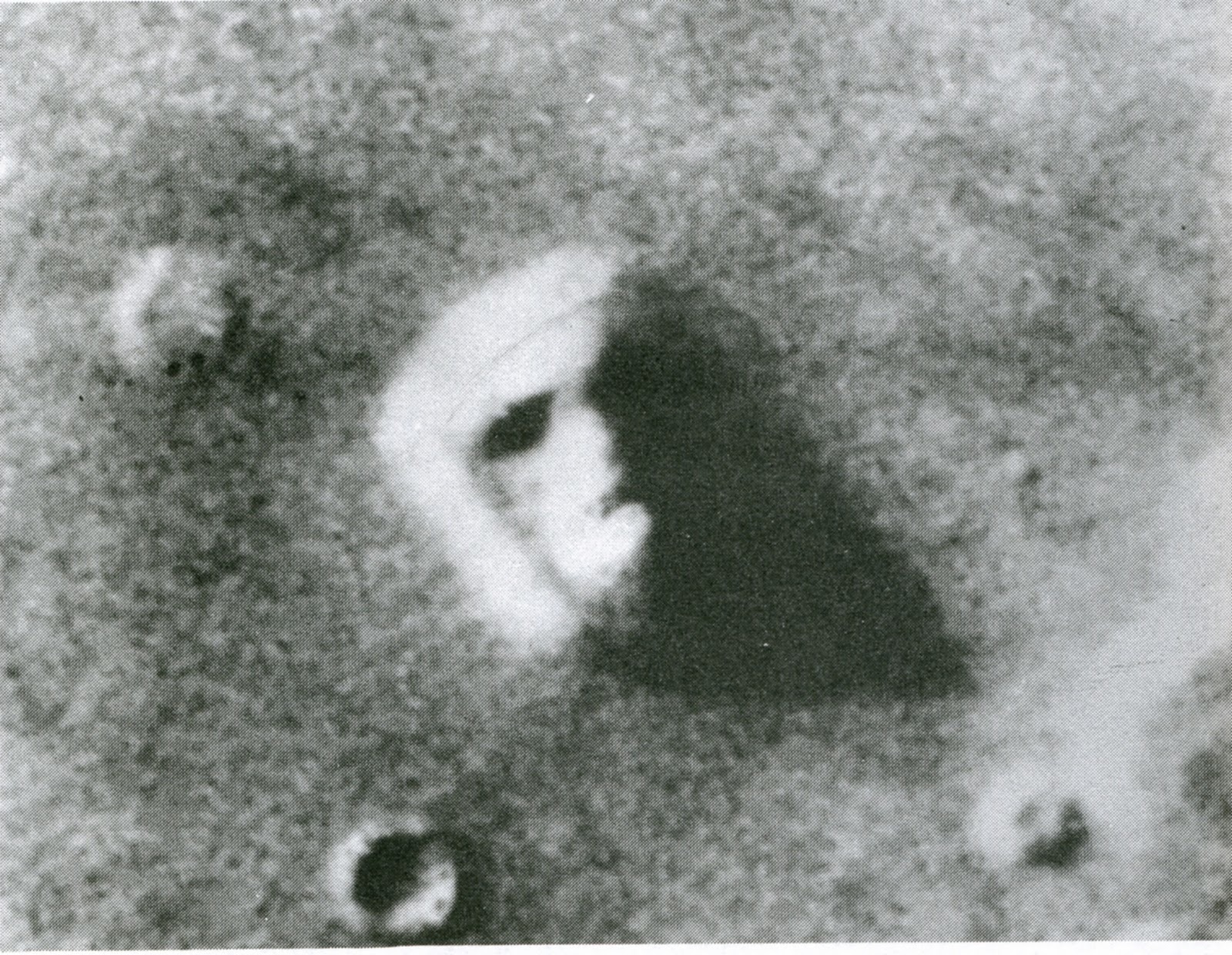

Hall recorded his discovery of Phobos in his notebook as follows: "I repeated the examination in the early part of the night of 11th, and again found nothing, but trying again some hours later I found a faint object on the following side and a little north of the planet. Hall had previously seen what appeared to be a Martian moon on 10 August, but due to bad weather, he could not definitively identify them until later. At the time, he was deliberately searching for Martian moons. The telescope used by Asaph Hall in the discovery of the Martian moonsĪsaph Hall discovered Deimos on 12 August 1877 at about 07:48 UTC and Phobos on 18 August 1877, at the US Naval Observatory (the Old Naval Observatory in Foggy Bottom) in Washington, D.C., at about 09:14 GMT (contemporary sources, using the pre-1925 astronomical convention that began the day at noon, give the time of discovery as 11 August 14:40 and 17 August 16:06 Washington mean time respectively). Many of the craters on Phobos are also named after characters in Gulliver's Travels. In recognition of these 'predictions', two craters on Deimos are named Swift and Voltaire, while on Phobos there is one named regio, Laputa Regio, and one named planitia, Lagado Planitia, both of which are named after places in Gulliver's Travels (the fictional Laputa, a flying island, and Lagado, imaginary capital of the fictional nation Balnibarbi). Voltaire was presumably influenced by Swift. Voltaire's 1752 short story " Micromégas", about an alien visitor to Earth, also refers to two moons of Mars. In addition Swift could have been helped in his calculations by his friend, the mathematician John Arbuthnot. This would lead Swift to making a roughly accurate estimate of their orbital distances and revolution periods. Furthermore, as they had not yet been discovered, it was reasoned that they must be small and close to Mars. However, the view of most astronomers is that Swift was simply employing a common argument of the time, that as the inner planets Venus and Mercury had no satellites, Earth had one and Jupiter had four (known at the time), that Mars by analogy must have two. Perminov, a spacecraft designer of early Soviet Mars and Venus spacecraft, speculated Swift found and deciphered records that Martians left on Earth. Phobos and Deimos (both found in 1877, more than a century after Swift's novel) have actual orbital distances of 1.4 and 3.5 Martian diameters, and their respective orbital periods are 7.66 and 30.35 hours. Perhaps inspired by Kepler (and quoting Kepler's third law of planetary motion), Jonathan Swift's satire Gulliver's Travels (1726) refers to two moons in Part 3, Chapter 3 (the "Voyage to Laputa"), in which Laputa's astronomers are described as having discovered two satellites of Mars orbiting at distances of 3 and 5 Martian diameters with periods of 10 and 21.5 hours.

When Galileo Galilei, as a hidden report about his having observed two bumps on the sides of Saturn (later discovered to be its rings), used the anagram smaismrmilmepoetaleumibunenugttauiras for Altissimum planetam tergeminum observavi ("I have observed the most distant planet to have a triple form"), Johannes Kepler had misinterpreted it to mean Salve umbistineum geminatum Martia proles (Hello, furious twins, sons of Mars). Speculation about the existence of the moons of Mars had begun when the moons of Jupiter were discovered. Curiosity's view of the Martian moons: Phobos passing in front of Deimos – in real-time (video-gif, 1 August 2013)


 0 kommentar(er)
0 kommentar(er)
